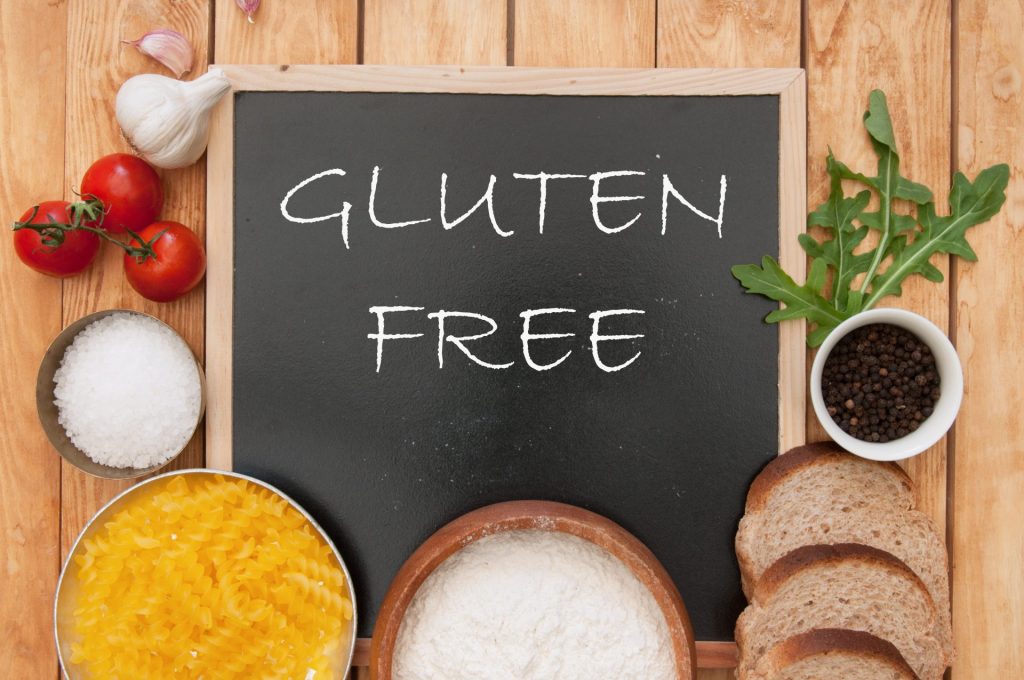
Many people worldwide adopt a gluten-free diet, either for medical reasons or by choice. But what is gluten? Where is it found? And what foods should you avoid on a gluten-free diet? In this article, we will answer these questions and guide you through the principles of a gluten-free diet. Keep reading to discover everything you need to know!
Gluten is a protein found in wheat, barley, spelt, rye, pasta, and beer. Some foods naturally contain gluten; in others, it is added during processing. Although gluten is present in many foods, it can lead to various issues. More specifically, it is linked to celiac disease, requiring those who suffer from it to completely avoid gluten. However, celiac disease is not the only reason to eliminate gluten from your diet. Other health conditions advising a gluten-free diet include non-celiac gluten sensitivity, wheat allergy, and gluten ataxia.
A gluten-free diet excludes or limits the consumption of foods that contain gluten, like pasta and bread. However, not all foods containing carbohydrates also contain gluten. For example, potatoes, rice, and beans contain carbohydrates but not gluten.
On the other hand, natural foods such as fruits, vegetables, legumes, and seeds are gluten-free. That means the body can process them without causing symptoms like bloating or stomach pain!
Foods you are allowed to consume on a gluten-free diet are:
Foods to avoid include:
Eliminating gluten from your diet may pose the risk of overlooking essential sources of nutritious whole grains, fiber, and micronutrients!
Whole grains play a significant role in reducing cholesterol levels and regulating blood sugar. Moreover, many gluten-containing foods have essential vitamins and minerals, including B vitamins, iron, and magnesium. So, unless you have celiac disease or another health condition requiring you to cut gluten from your diet, you shouldn’t follow a gluten-free diet.
If you follow a gluten-free diet, it’s important to plan your meals. This way, you will know exactly what to buy and what meals to prepare, reducing the chances of consuming processed food that may contain gluten. So, a good idea is to dedicate time over the weekend to create a shopping list and a weekly meal plan. This ensures your diet is complete and varied, with ready-made meals and snacks at home!
‘Can you lose weight on a gluten-free diet?’, that’s a common question.
As mentioned, a gluten-free diet is advised for health conditions like celiac disease. Although weight loss shouldn’t be the primary goal, if recommended, focus on foods like:
On a gluten-free diet, reading labels is crucial due to potential cross-contamination during manufacturing. So, you should stay away from the following ingredients:
A gluten-free diet may lead to deficiencies in B vitamins, iron, and calcium. To avoid them, you should consume nutrient-rich foods or consider supplements under your doctor’s advice. To ensure you’re getting all the nutrients you need on a gluten-free diet:
Eating out on a gluten-free diet can be challenging because it’s difficult to know if all the ingredients in your plate are gluten-free. So, you should always inquire with the waiter or chef about gluten-free options or adjustments to avoid accidental gluten consumption. Don’t hesitate to call ahead to check a restaurant’s gluten-free options and ensure that gluten-free food is prepared separately to prevent cross-contamination!
Here are some delicious recipes you can try if you follow a gluten-free diet:
So, this is all you need to know about eliminating gluten from your diet. The most important thing to remember though, is that you need to consult a healthcare professional before you embark on a gluten-free diet!